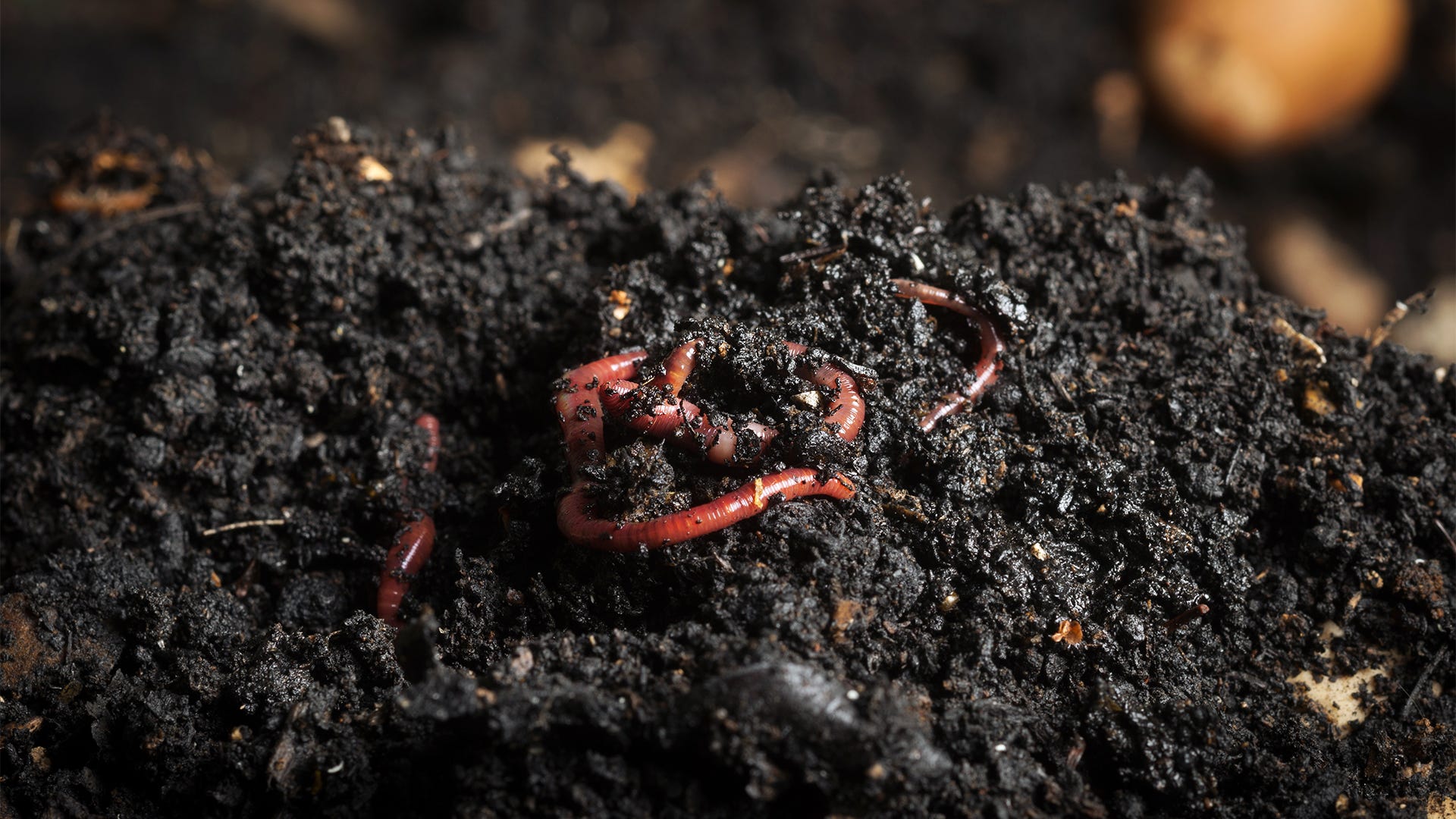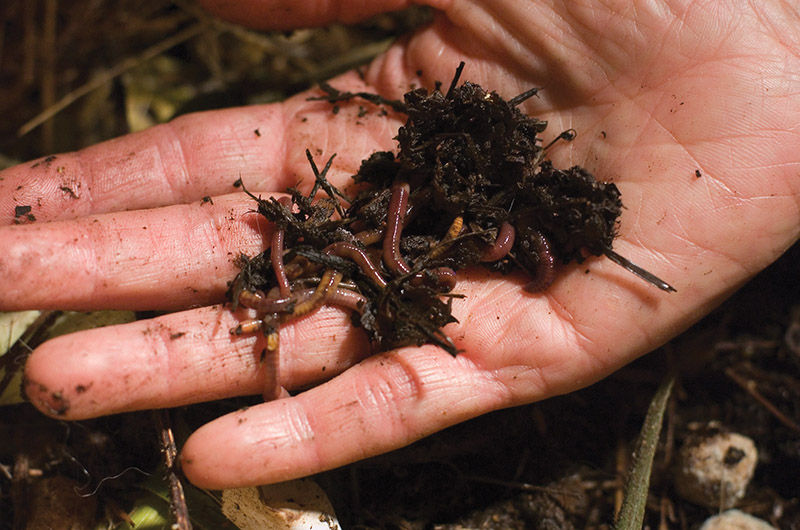Healthy red worms: Best practices for beginners
Healthy red worms: Best practices for beginners
Blog Article
Whatever You Required to Learn About Red Wigglers for Composting
Red wigglers, or Eisenia fetida, play an essential duty in the realm of composting, transforming natural waste into useful dirt amendments. Their one-of-a-kind biological characteristics allow them to thrive in numerous conditions, making them an excellent selection for both newbie and skilled composters alike. Comprehending their demands and benefits is critical for developing an effective vermicomposting system. However, the process of establishing a worm container and preserving it can pose difficulties. To efficiently harness the potential of these worms, one must explore the details of their treatment and monitoring.
What Are Red Wigglers?

(red wigglers near me)
Indigenous to The United States and copyright, red wigglers are surface-dwelling organisms that prefer wet, cozy environments abundant in disintegrating organic matter. Their diet is composed largely of rotting plant material, food scraps, and various other organic debris, which they eat and damage down effectively. As they absorb this product, they produce nutrient-rich castings that enhance soil fertility.
Red wigglers are hermaphroditic, having both male and women reproductive organs, and can duplicate swiftly under optimal conditions. This capacity makes them a suitable option for composting systems, as their populace can increase rapidly. Their resilience and flexibility to numerous atmospheres further solidify their value in sustainable waste administration techniques. In general, red wigglers are important factors to the process of recycling natural waste right into valuable compost.
Advantages of Using Red Wigglers
Utilizing red wigglers in composting systems provides numerous advantages that enhance both the efficiency of waste monitoring and the top quality of the resulting garden compost. These worms, medically recognized as Eisenia fetida, are specifically efficient at damaging down raw material, transforming kitchen scraps and lawn waste right into nutrient-rich compost at a sped up price.
One of the primary advantages of making use of red wigglers is their capacity to eat big amounts of organic material, commonly processing their weight in food waste daily. This high consumption rate leads to quicker decay and decreases the volume of waste sent to garbage dumps. The castings generated by red wigglers are abundant in crucial nutrients, helpful bacteria, and enzymes, making them an excellent fertilizer for yards and plants.
Additionally, red wigglers flourish in a range of environments, making them versatile for both indoor and outdoor composting systems - red wigglers. Their visibility in a compost container assists to aerate the product, stopping odors and advertising a healthy composting procedure. In general, utilizing red wigglers not just adds to efficient waste administration however likewise sustains sustainable horticulture methods via the manufacturing of top quality compost
(Granite Falls Worm Farms)
Establishing Your Worm Bin
To efficiently establish a worm container, it is necessary to choose a suitable container that fulfills the requirements of red wigglers while giving a favorable atmosphere for composting. An appropriate container can be made from plastic, timber, or metal, with a capacity of a minimum of 1 square foot for every single extra pound of worms.
Make certain the container has ample water drainage holes to protect against excess dampness, as red wigglers flourish in a wet, but not water logged, environment. red wigglers. The container must likewise be ventilated to provide enough air flow, protecting against anaerobic problems that might harm the worms
A suitable location for the worm bin is a trendy, dark location, without direct sunlight and severe temperatures, as red wigglers favor a temperature range of 55 to 77 levels Fahrenheit.
Prior to introducing the worms, prepare bed linens products such as shredded newspaper, cardboard, or coconut coir, which will certainly supply both habitat and food. Moisten the bedding gently to produce a welcoming setting for the worms. Lastly, take into consideration positioning a lid on the container to preserve humidity and minimize insects, while ensuring it can be easily removed for upkeep.
Feeding and Treatment Standards
Feeding red wigglers is a vital aspect of maintaining a healthy composting system. These worms thrive on a diverse diet regimen, mainly made up of natural materials such as vegetables and fruit scraps, coffee premises, and smashed eggshells. It is necessary to avoid feeding them meat, milk, and oily foods, as these can produce undesirable odors and attract insects.
When presenting food to your worm container, chop or shred products right into smaller pieces to assist in quicker disintegration. Start with tiny amounts to evaluate the worms' usage price, gradually raising the amount as they adjust. It is recommended to alternating feeding areas within the container to urge thorough blending and aeration of the garden compost.

Troubleshooting Common Issues
Keeping a Full Report thriving worm composting system can in some cases provide obstacles that call for focus and troubleshooting. Usual concerns include an unpleasant smell, which commonly indicates overfeeding or the visibility of anaerobic conditions. To remedy this, lower the quantity of food added and guarantee appropriate aeration by blending the bed linens material.
One more frequent issue is the escape of worms from the bin. This can happen due to too much moisture or inappropriate environmental problems. Routinely inspect the dampness degrees, intending for a wet yet not soggy consistency, and maintain ideal temperatures in between 60-80 ° F(15-27 ° C )to create a comfy environment for your red wigglers.
Insects, such as fruit flies, can also get into worm bins. red wigglers. To fight this, cover food scraps with a layer of bed linen or shredded paper to discourage flies from laying eggs. In addition, ensure that any kind of food added is fresh and devoid of mold, which can draw in undesirable insects
Lastly, if your worms seem inactive, look for tension factors such as temperature fluctuations or inadequate moisture. Attending to these common concerns will aid keep a healthy and productive worm composting system.
Verdict
In summary, red wigglers, or Eisenia fetida, play a vital duty in lasting waste administration through vermicomposting. Correct arrangement and maintenance of a worm bin, along with adherence to feeding guidelines, guarantee a thriving ecological community that reduces garbage dump contributions.
Report this page